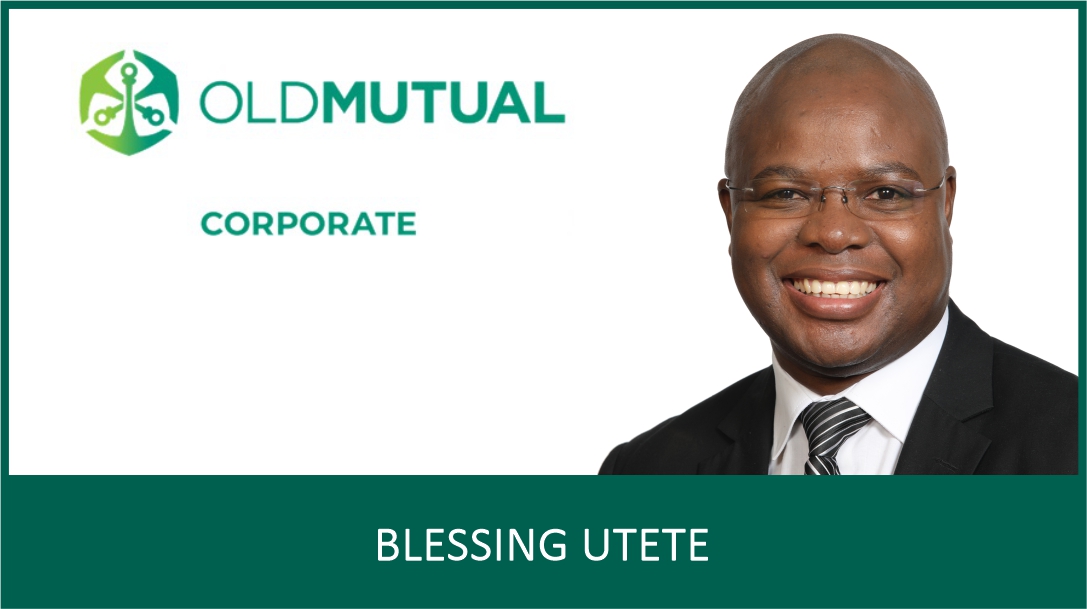Rita Cool ‒ Head of Retail Best Practice at Alexforbes
Have you ever wondered what happens to your retirement savings when you pass away? These funds do not simply disappear; they provide vital financial support to your loved ones. How they are distributed depends on the type of retirement product you have. Pension and provident funds, retirement annuities, preservation funds and living annuities all work differently when it comes to death benefits.
Living annuities: Quick and predictable
A living annuity pays you an income from your retirement savings after you retire. You decide how much to draw each year (between 2.5% and 17.5% of your investment value). It is an insurance product, regulated by the Long-Term Insurance Act and the Income Tax Act.
When you pass away, the beneficiaries named in your annuity contract receive the remaining investment.
- You can update your beneficiaries at any time. If you do not, for example after a divorce, the listed beneficiary will still receive the benefit. The insurer cannot change your choice.
- If no beneficiaries are named, the benefit is paid into your estate, after tax.
- Living annuities are not governed by Section 37C of the Pension Funds Act, which means trustees are not involved. This makes the process quicker and more predictable, as beneficiaries do not need to wait for your estate to be finalised.
Retirement funds: The trustees’ role
Retirement funds, such as employer pension and provident funds, preservation funds and retirement annuities, work differently. These savings are governed by Section 37C of the Pension Funds Act. This law requires trustees to decide how your money is shared after you pass away.
This purpose of this process is to protect your dependants, but it also means your wishes are not automatically binding. For example, if you listed an ex-spouse on your nomination form but no longer support them, the trustees may decide not to allocate benefits to them.
How it works
- You should complete a beneficiary nomination form, which guides the trustees but is not binding.
- You can list dependants and nominate others who are not financially dependent on you.
- Retirement funds do not form part of your estate and cannot be distributed in your will.
- Your nomination form is not a substitute for a will. You still need a valid will to distribute your other assets. Without one, the Intestate Succession Act will apply, which may not reflect your wishes.
- Some funds offer an ‘Infund’ Living Annuity. Because these funds remain within the retirement fund, the trustees still use Section 37C to decide on distribution.
What trustees consider
Trustees must identify and assess all potential beneficiaries before finalising any payments. They look at factors such as:
- Financial dependency, relationships and ages of beneficiaries.
- People you support financially, even if you do not see them as dependants.
- Second families, even if not legally recognised or previously known.
- Adult children, who count as dependants but may not necessarily receive a share.
Trustees aim for fair distribution, which may not match your nomination form exactly. For instance, even if you nominate your spouse as the sole beneficiary, trustees may allocate a portion to your minor children. In such cases, children’s benefits are usually paid (after tax) into a beneficiary fund or trust. This ensures money is available for day-to-day expenses and protected t until they reach adulthood.
The process can take time, sometimes up to a year, as trustees must investigate and confirm all dependants before making a final decision. No payments are made until the process is complete.
Options for beneficiaries
Whether benefits come from a living annuity or a retirement fund, beneficiaries can choose how to receive their share:
- As a cash payment (after tax),
- By transferring it into their own living annuity (with no tax deducted upfront), or
- Through a combination of both.
This flexibility allows beneficiaries to structure their inheritance in line with their financial needs.
Any cash taken is taxed in the deceased’s name, based on the retirement lump-sum tax tables (not income tax rates). Tax is applied proportionally to each beneficiary’s share.
Understanding the rules that apply to different products helps families prepare, manage expectations and make informed decisions.
To protect your loved ones:
- Keep all beneficiary nomination forms up to date.
- Use the correct format required by your living annuity provider.
- Review beneficiaries after major life changes such as marriage, divorce or the birth of children.
- Maintain a valid will to cover your other assets.
This ensures that your family is not left uncertain or financially vulnerable at an already difficult time. Speak to a financial adviser for guidance and to help structure your estate in a way that provides the best support for your beneficiaries.
ENDS

























































































